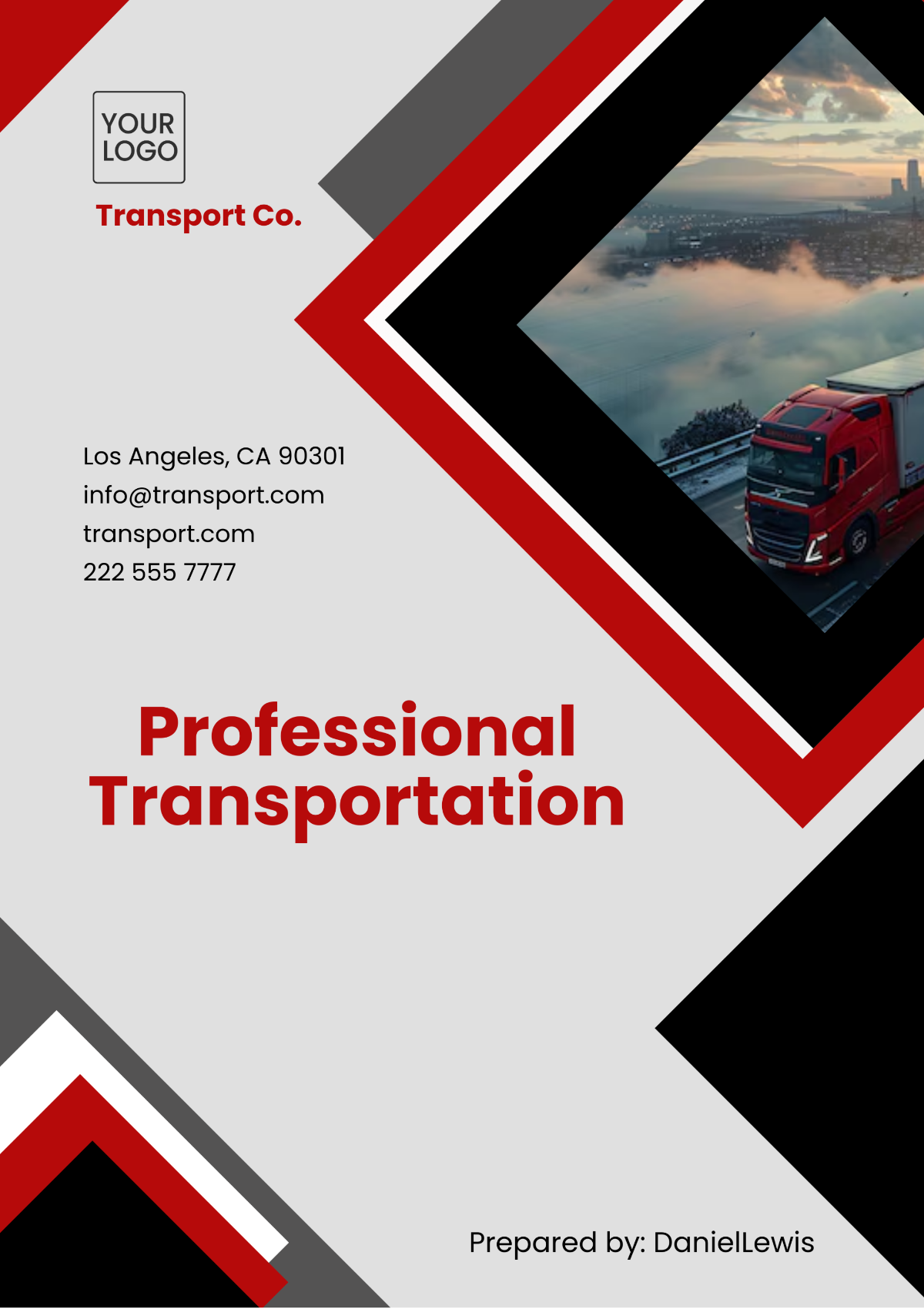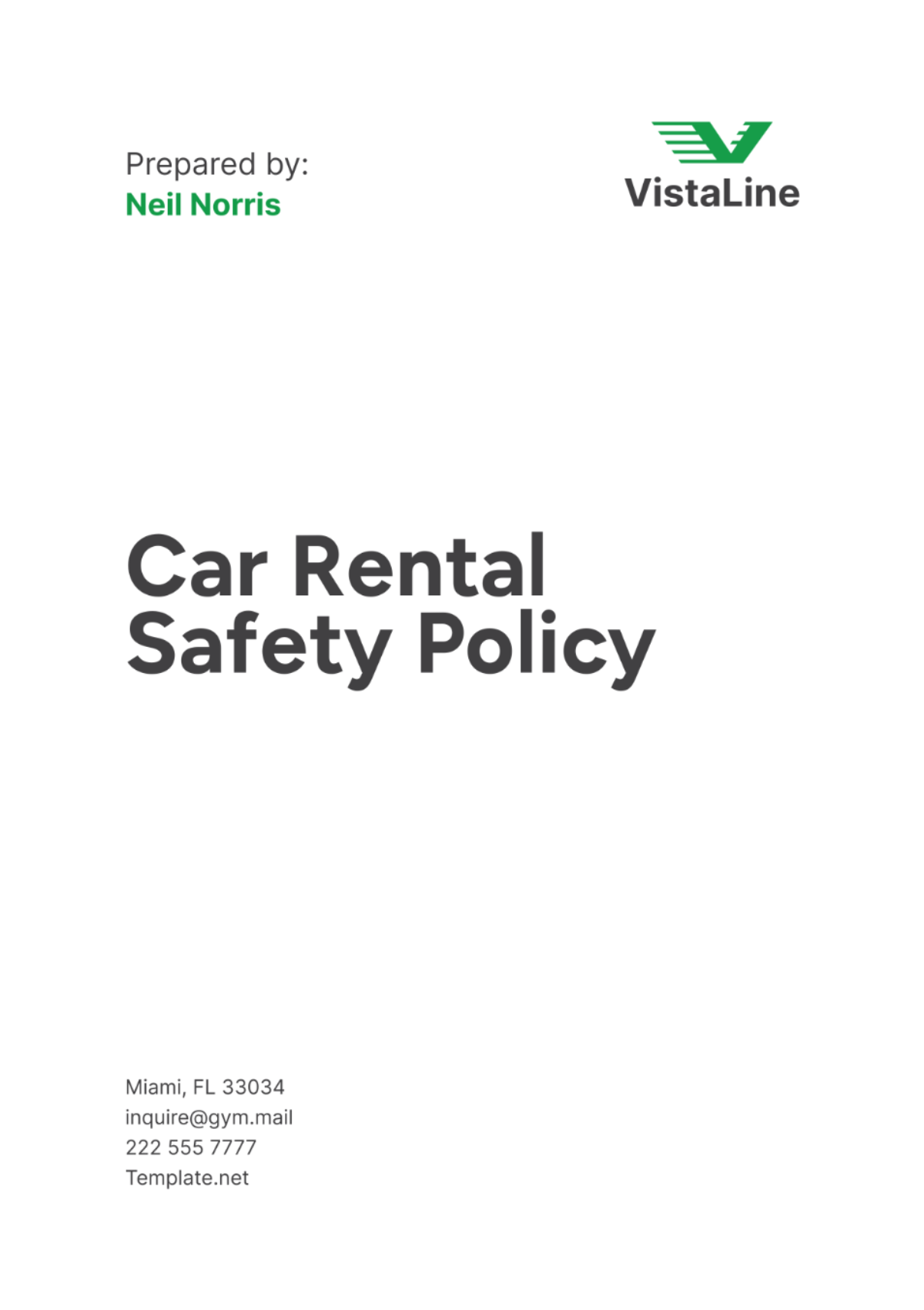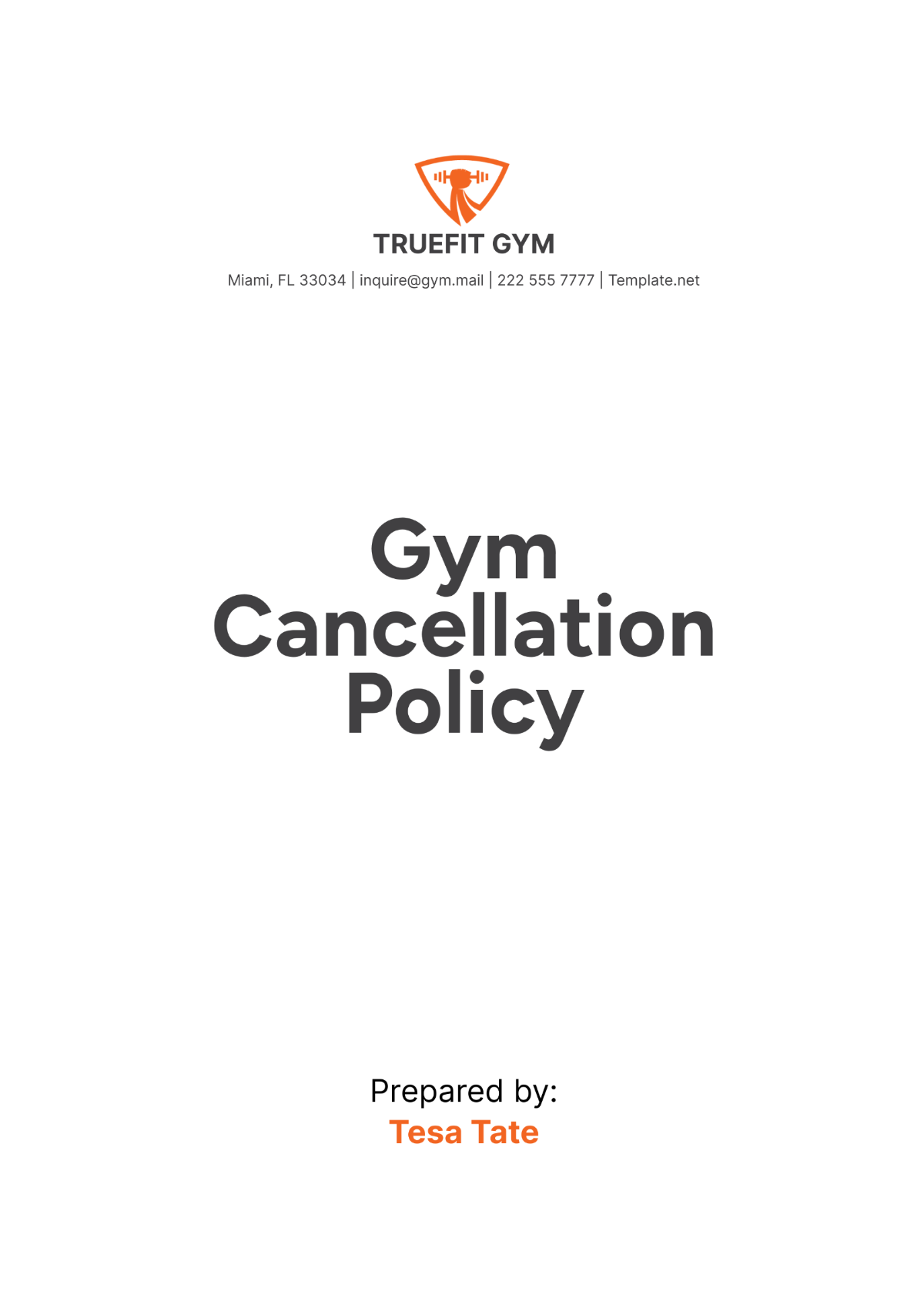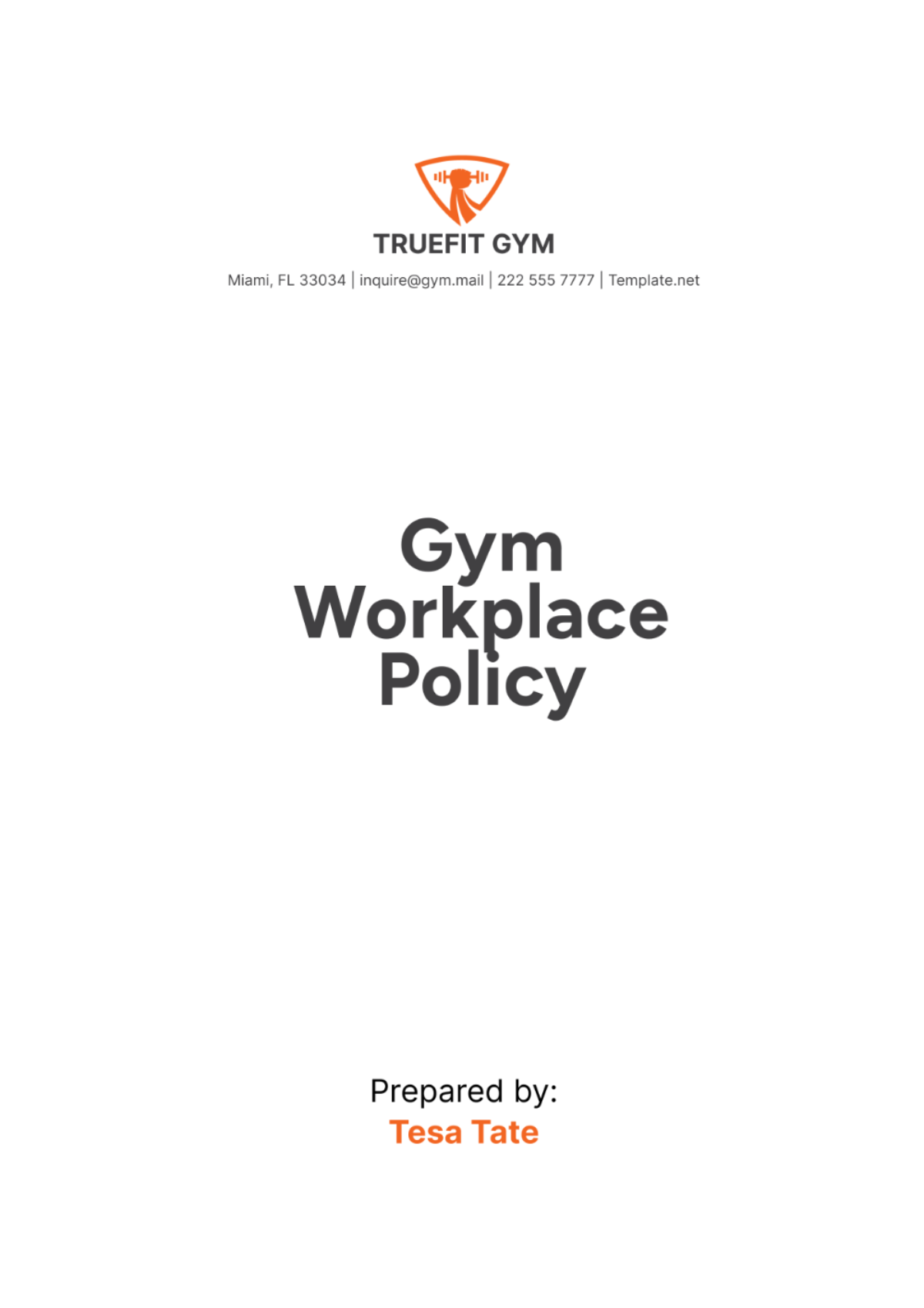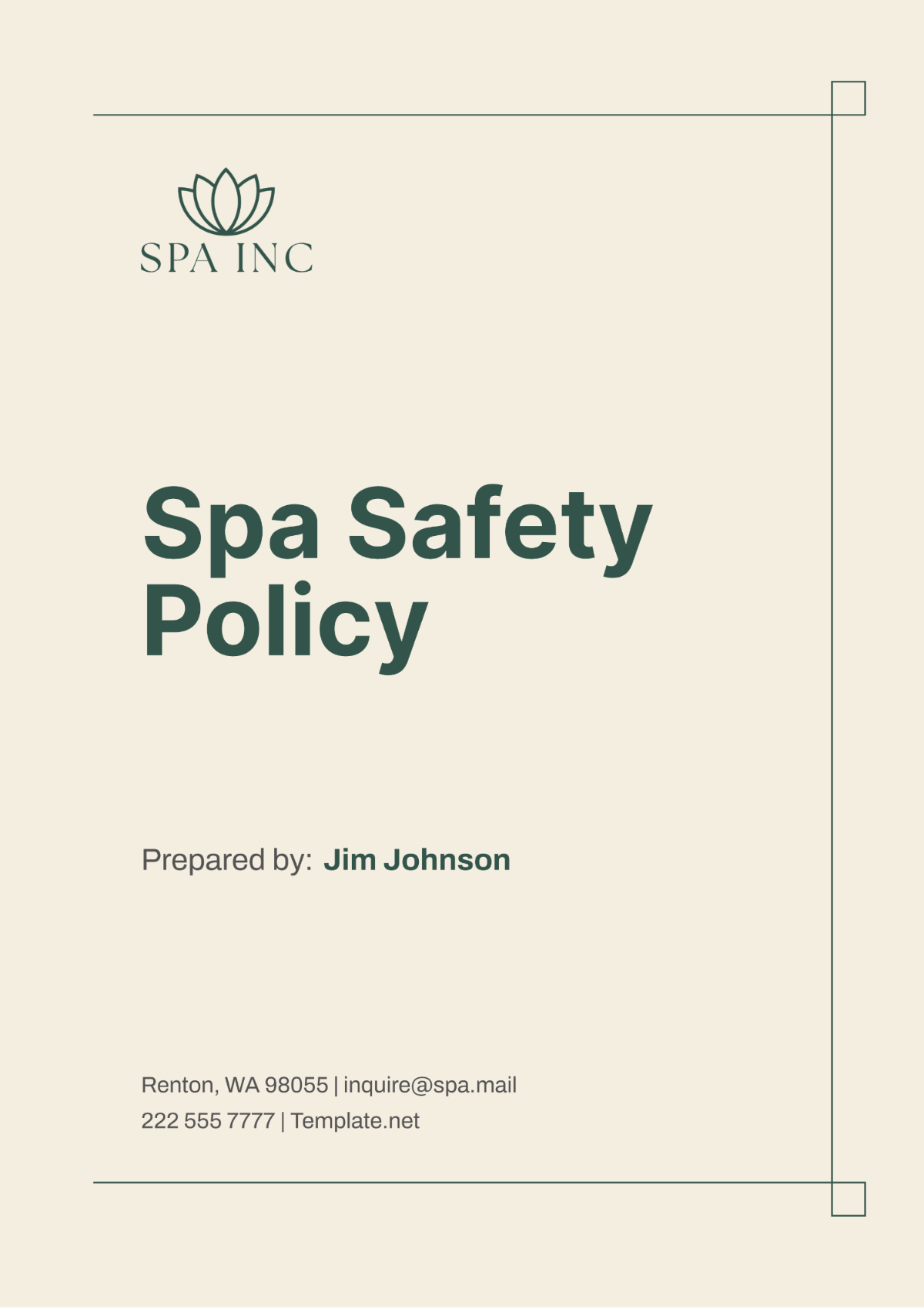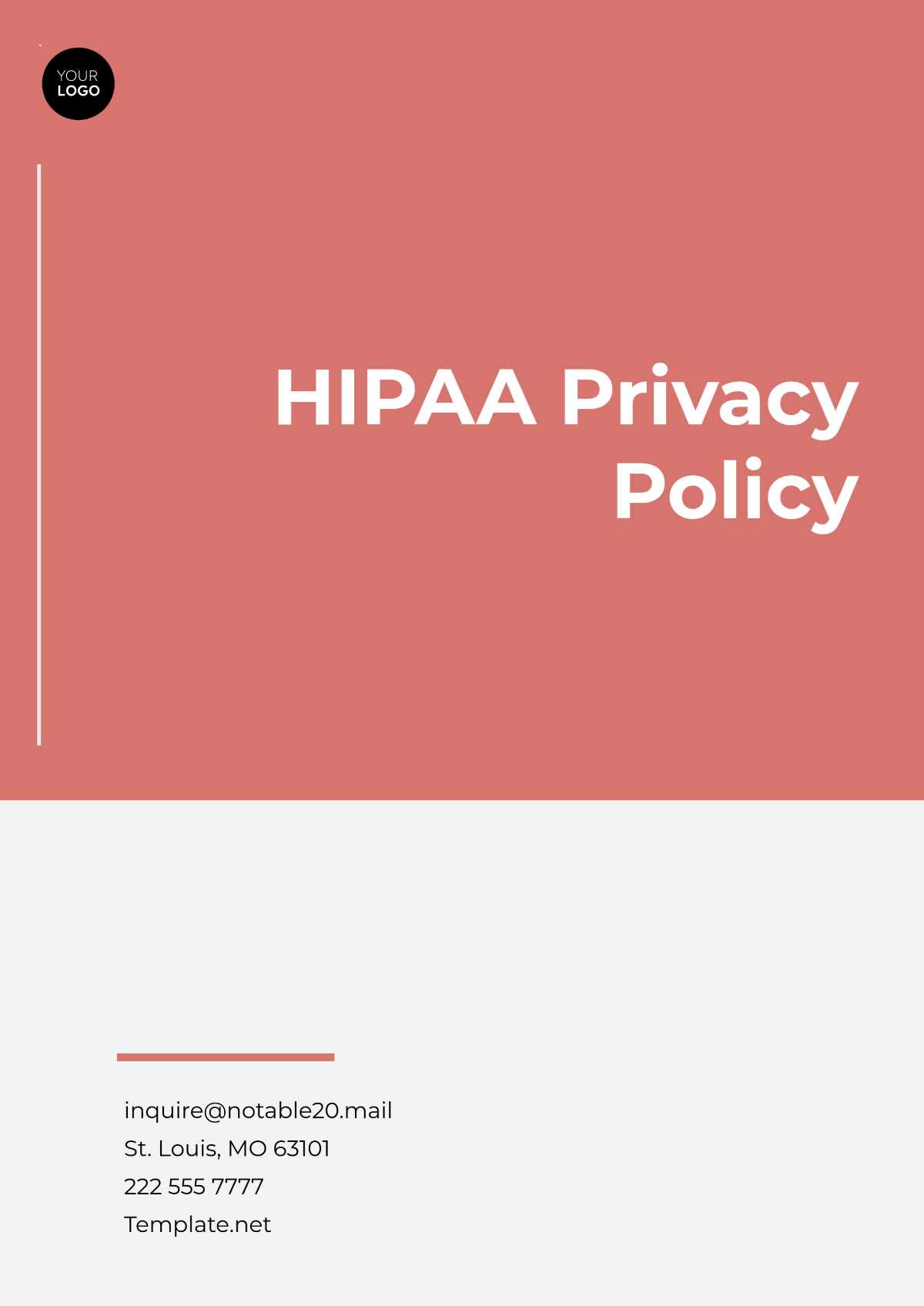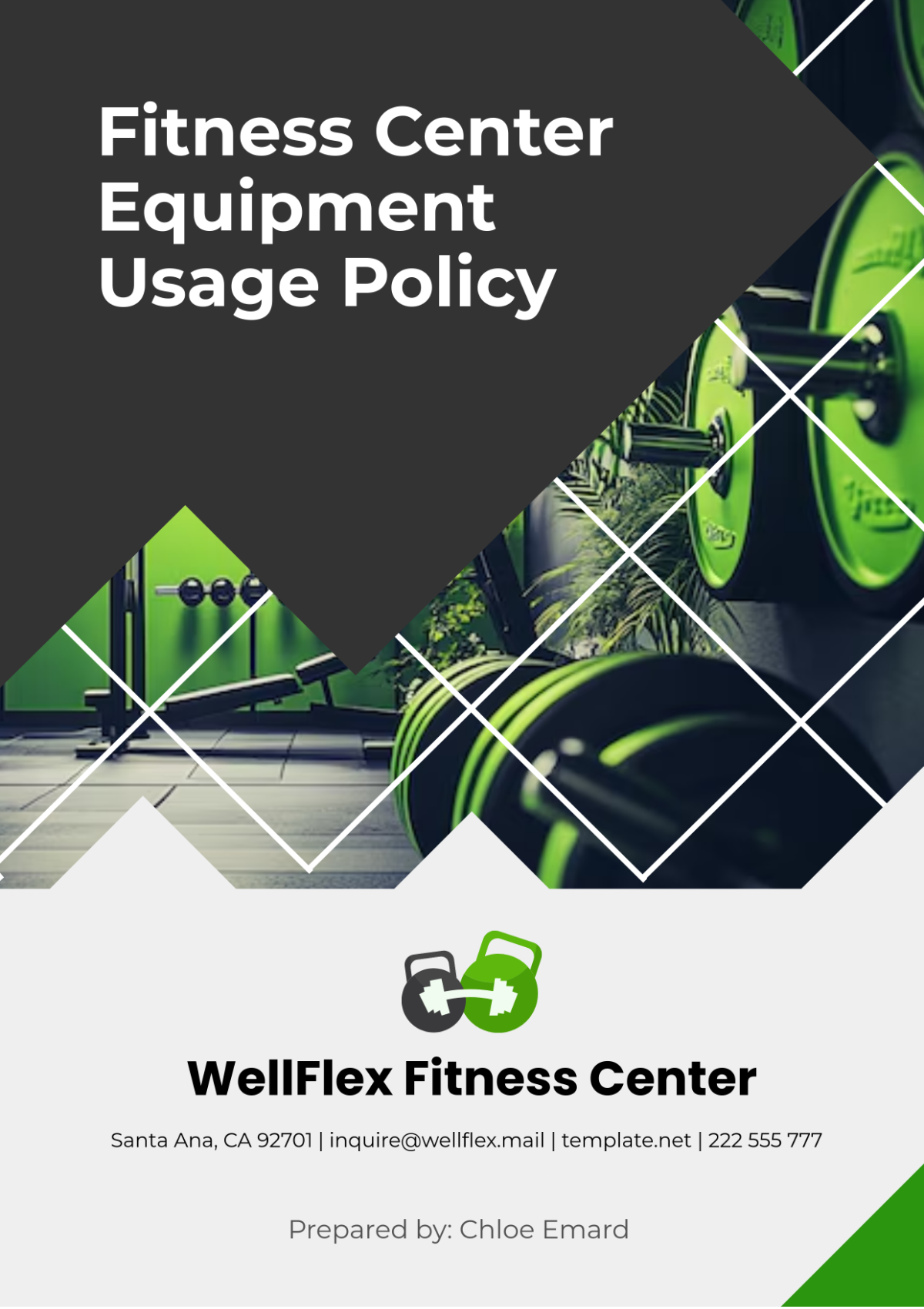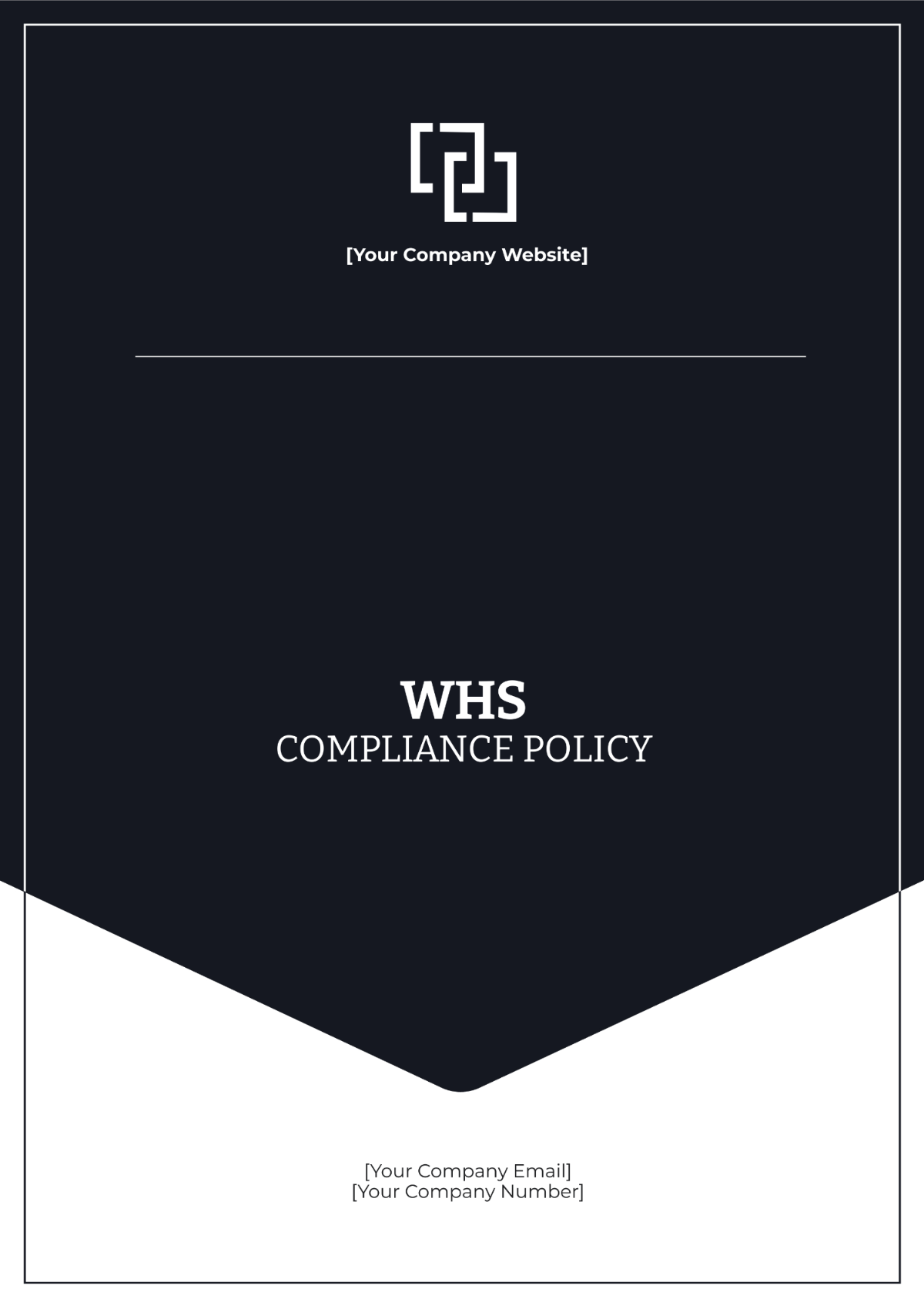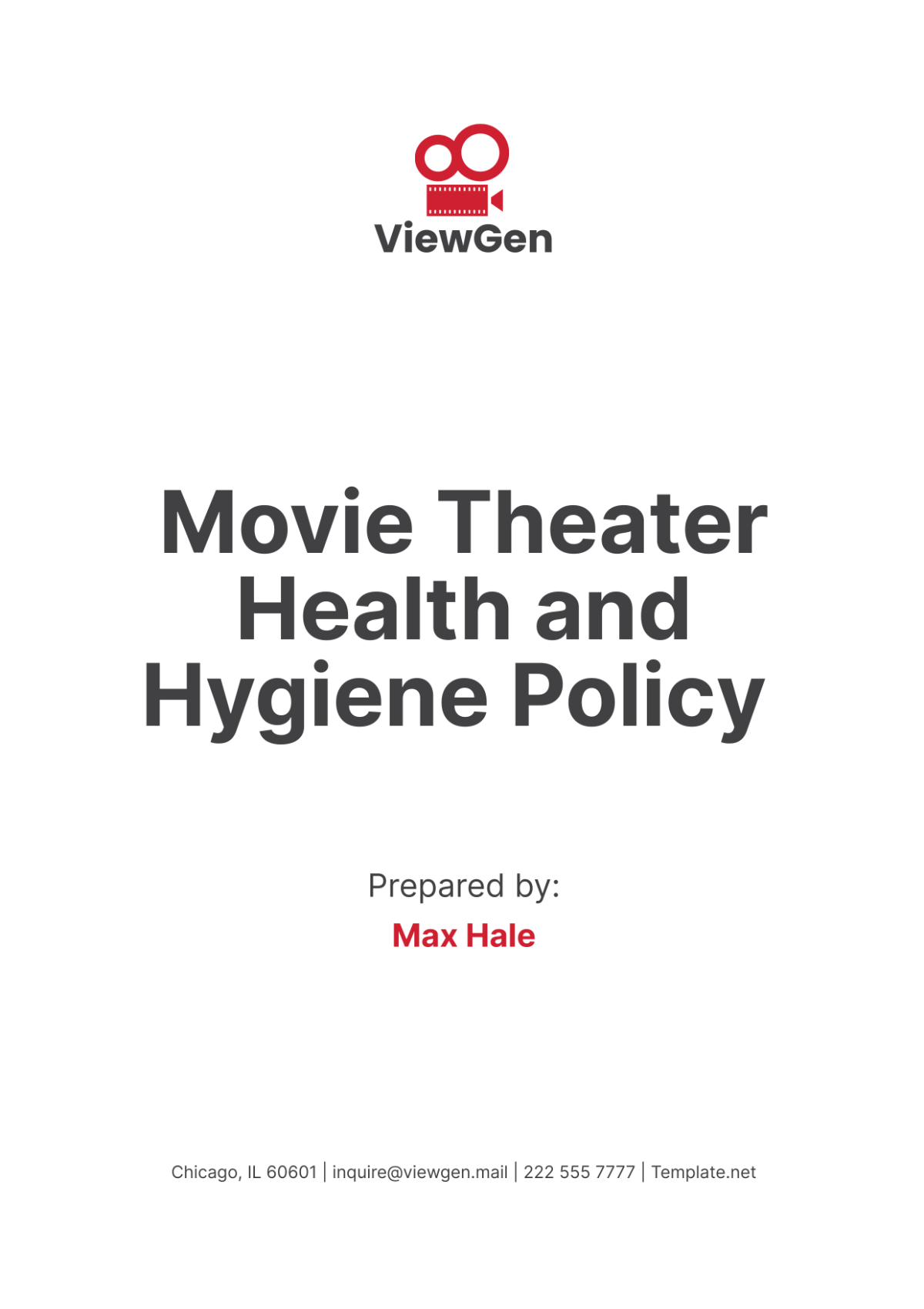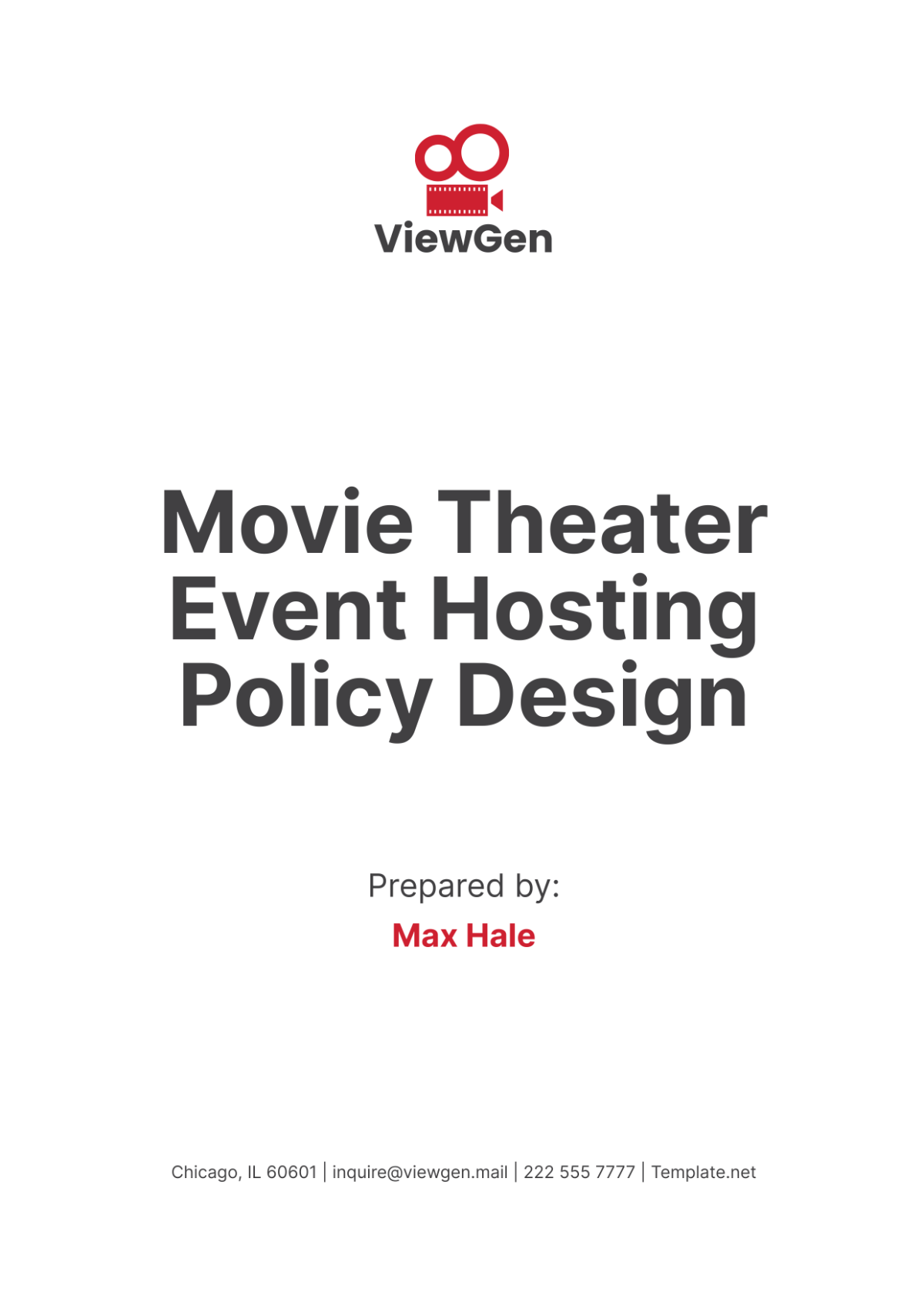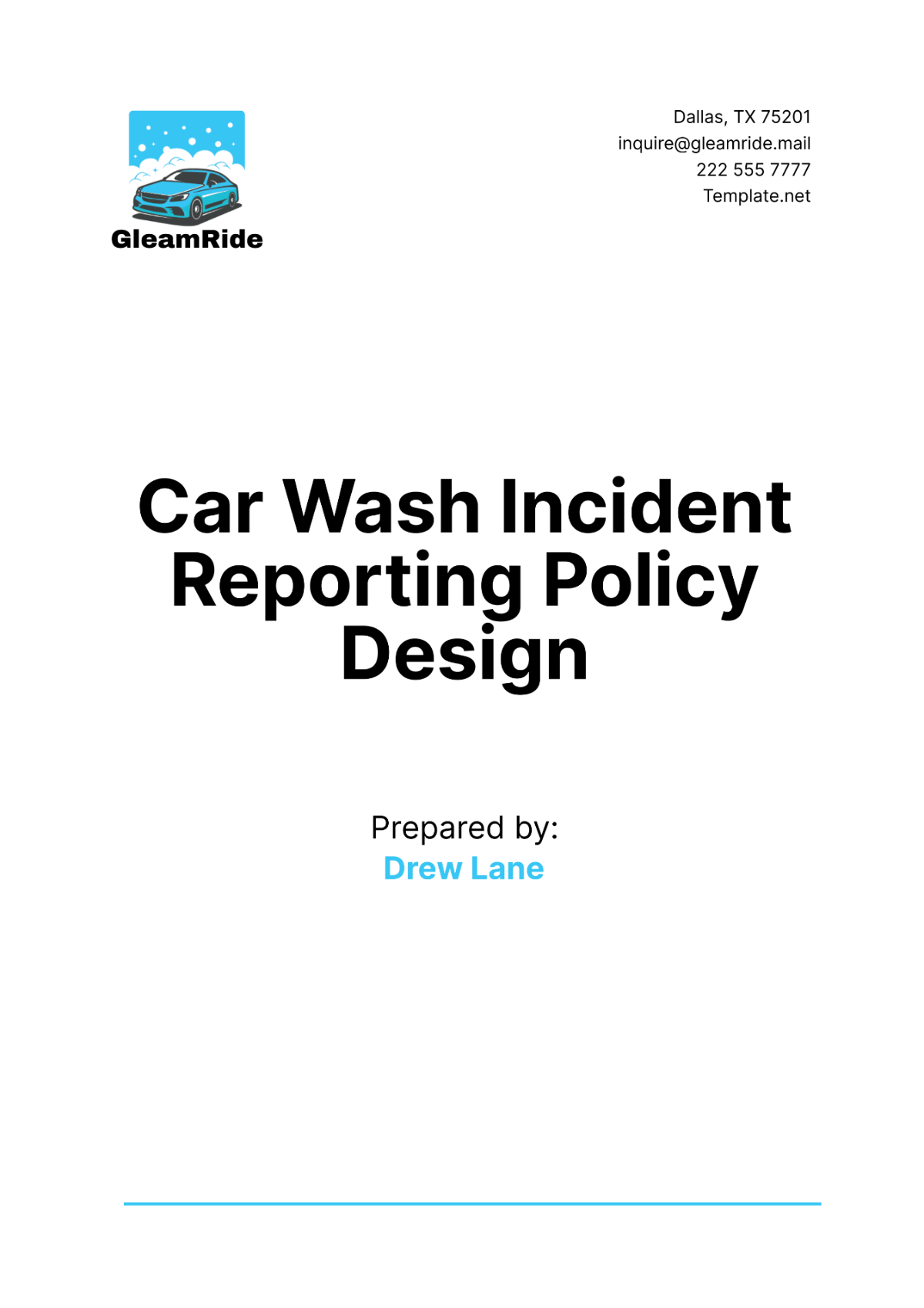HIPAA Compliance Policies And Procedures
I. Introduction
This document outlines the policies and procedures for ensuring compliance with the Health Insurance Portability and Accountability Act (HIPAA) within [Your Company Name]. These guidelines are established to safeguard protected health information (PHI) and ensure its confidentiality, integrity, and availability.
II. Scope
This policy applies to all employees, contractors, and agents of [Your Company Name] who have access to PHI in any form, including electronic, paper, or oral.
III. Definitions
Protected Health Information (PHI):
PHI comprises crucial health data like medical history and demographics, including personal identifiers such as names and Social Security numbers.
Covered Entities:
Under HIPAA, healthcare providers, insurance companies, and health information processors must adhere to regulations.
Business Associates:
Billing firms or IT providers dealing with PHI must comply with HIPAA regulations via formal agreements for thorough health data protection.
IV. Compliance Officer
Designate an individual responsible for overseeing HIPAA compliance and serving as the primary point of contact for HIPAA-related matters.
V. Security and Privacy Training
Require all employees to undergo HIPAA training upon hire and periodically thereafter. Training should cover:
HIPAA regulations and requirements
Safeguards for protecting PHI
Proper handling and disposal of PHI
Reporting procedures for breaches or violations
VI. Use and Disclosure of PHI
Establish guidelines for the permissible uses and disclosures of PHI, including:
Minimum necessary standard
Authorization requirements
Situations where PHI may be disclosed without authorization (e.g., for treatment, payment, or healthcare operations)
Restrictions on marketing and fundraising activities
VII. Administrative Safeguards
Detail administrative measures to ensure HIPAA compliance, such as:
Security risk assessments
Development of security policies and procedures
Designation of a privacy officer
Employee sanctions for violations
Business associate agreements
VIII. Physical Safeguards
Outline physical security measures to protect PHI, including:
Facility access controls
Workstation security
Device encryption
Secure disposal of PHI
IX. Technical Safeguards
Detail technical measures to safeguard PHI, such as:
Access controls (user authentication, role-based access)
Encryption of data in transit and at rest
Audit controls
Secure transmission of PHI
X. Breach Notification
Establish procedures for responding to and reporting breaches of PHI, including:
Internal breach notification process
Notification to affected individuals
Reporting breaches to the Department of Health and Human Services (HHS)
XI. Documentation and Recordkeeping
Require documentation of HIPAA compliance activities, including:
Policies and procedures
Training records
Risk assessments
Incident reports
XII. Enforcement
Outline enforcement mechanisms for HIPAA violations, including:
Disciplinary actions for non-compliance
Remediation efforts
Monitoring and auditing procedures
XIII. Approval
This HIPAA Compliance Policies and Procedures document must be reviewed and approved by:

[Management Committee]
[Date]




